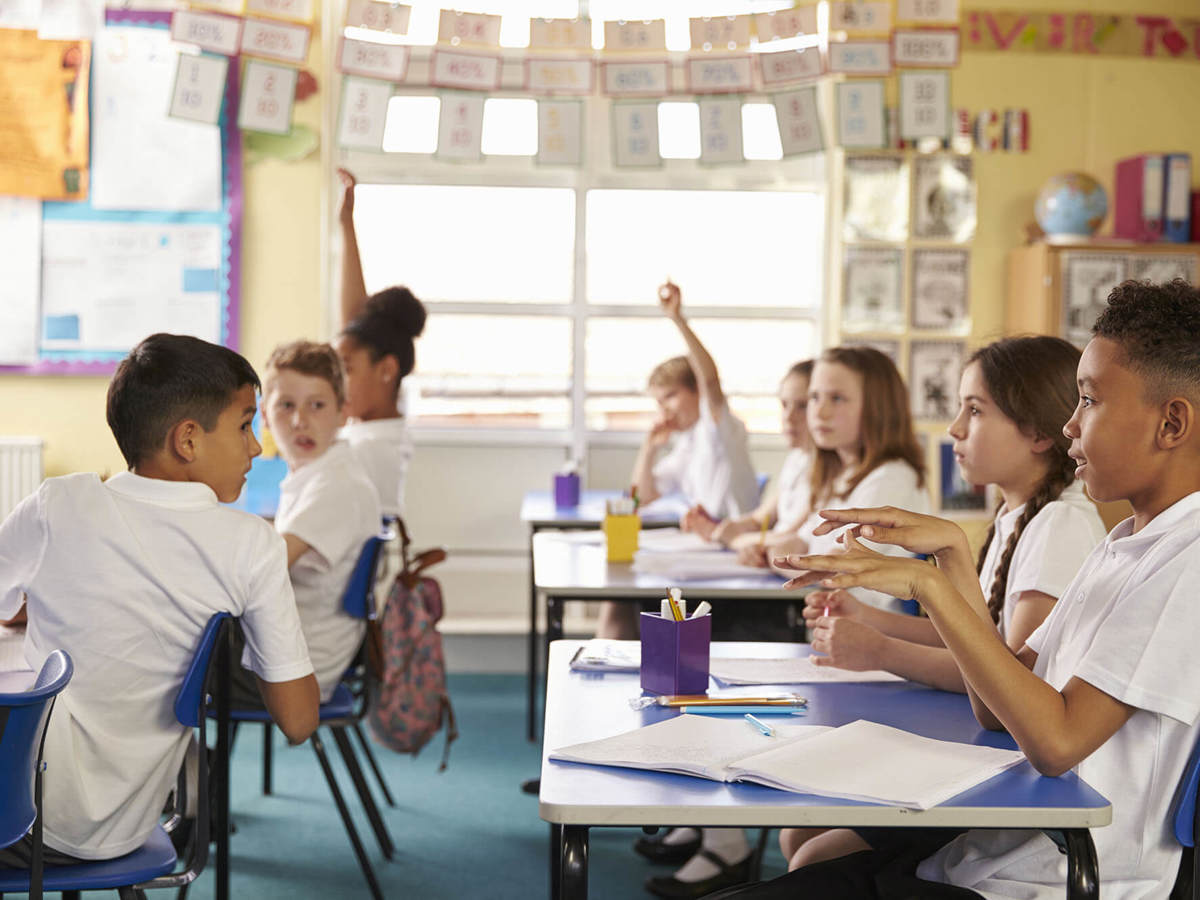Keeping Children Safe in Education 2025: What governors and trustees need to know
Rani Kaur, NGA Head of Advice, outlines the key changes to updated statutory guidance and how boards can use this moment to strengthen safeguarding oversight.

Safeguarding remains a core priority for all governing boards and trust boards. Updated Keeping Children Safe in Education (KCSiE) guidance, which comes into force on 1 September 2025, brings a small number of technical changes but arrives at a time when safeguarding concerns are becoming increasingly complex, with new and evolving risks facing children both in and out of school.
NGA’s 2025 Annual Governance Survey shows that almost half of governors and trustees have seen an increase in safeguarding concerns over the past year. Issues such as bullying, online harms, neglect, and domestic abuse remain high on the agenda, with particular challenges in secondary settings.
While this year’s KCSiE update is limited, it provides a timely opportunity for boards to reflect on their safeguarding culture and the role of governance in creating a safe and supportive environment for pupils.
What has changed in KCSiE 2025?
Most of the changes in this year’s guidance are technical in nature. However, several updates are relevant to the strategic work of governing boards.
Online safety and digital risk
- The “four Cs” of online risk — content, contact, conduct, and commerce — have been updated to reflect misinformation, disinformation, and conspiracy theories as emerging threats.
- New references include the DfE’s Generative AI: product safety expectations and the Plan technology for your school tool, which helps schools assess their filtering and monitoring systems.
Attendance
- The Working together to improve school attendance guidance is now statutory.
- Where safeguarding concerns are linked to pupil absence, schools must engage with children’s services — this marks a strengthening from previous expectations (see paragraph 177).
- NGA’s guidance on improving school attendance sets out governing board responsibilities in relation to effective policy and reviewing attendance data.
Alternative provision
- Clarification has been added regarding the checks schools must carry out when using alternative provision. These align with the DfE guidance updated in February 2025.
Virtual school heads
- Virtual school heads are now expected to promote educational outcomes not only for looked-after children, but also those with a social worker or in kinship care (paragraph 199).
Inclusive language
- The term “autism spectrum disorder” has been replaced with “autism”, aligning with current SEND guidance and inclusive terminology.
Safer recruitment
- Updated links in Part 3 of the guidance (paras 260, 266, 319, 331) provide improved access to resources on safer recruitment practice.
A full list of changes is available in Annex F.
What’s on the horizon?
The DfE will publish a final version of KCSiE when it comes into force on 1 September. This is expected to include links to revised guidance on:
- Relationships, Sex and Health Education (RSHE)
- Gender-questioning children
Future updates
NGA expects next year’s update to KCSiE to be more significant, taking account of upcoming government work, including:
- Legislative changes via the Children’s Wellbeing and Schools Bill
- Outcomes from the National Audit on Group-based Child Sexual Exploitation and Abuse and subsequent inquiries
What does this mean for governance?
While the updates are limited in scale, they provide a helpful prompt for boards to:
- Review safeguarding policies and procedures — are they compliant, up to date and tailored to your setting?
- Seek assurance about staff training and confidence — do staff understand their roles and feel equipped to act?
- Support the DSL effectively — does the DSL have enough time and resource to carry out the role well?
- Monitor safeguarding culture and practice — how do you know that safeguarding is embedded across your school or trust?
Using data to support this oversight is key. Look for patterns — are certain groups more likely to be affected by behaviour issues or safeguarding referrals? Are attendance dips linked to later disclosures? Strategic use of safeguarding data can help governing boards to ask informed questions and challenge effectively.
NGA support for boards
NGA’s updated safeguarding e-learning and resources will be available in the autumn term. We are also developing a new safeguarding monitoring toolkit, designed to help boards and link governors monitor culture, practice and compliance across key areas.
In the meantime, boards are encouraged to:
- Read KCSiE 2025, paying particular attention to updates (outlined in annex F) and stay alert to future changes
- Reflect on how safeguarding responsibilities are carried out in your setting
- Use board time to discuss emerging safeguarding themes and risks relevant to your school community

Rani Kaur
Head of Advice
Rani oversees NGA’s Advice team and GOLDline service. She leads on the SEND and premises management policy areas and manages NGA’s work on equality, diversity and inclusion. She is co-chair of an infant and nursery school in Solihull.














